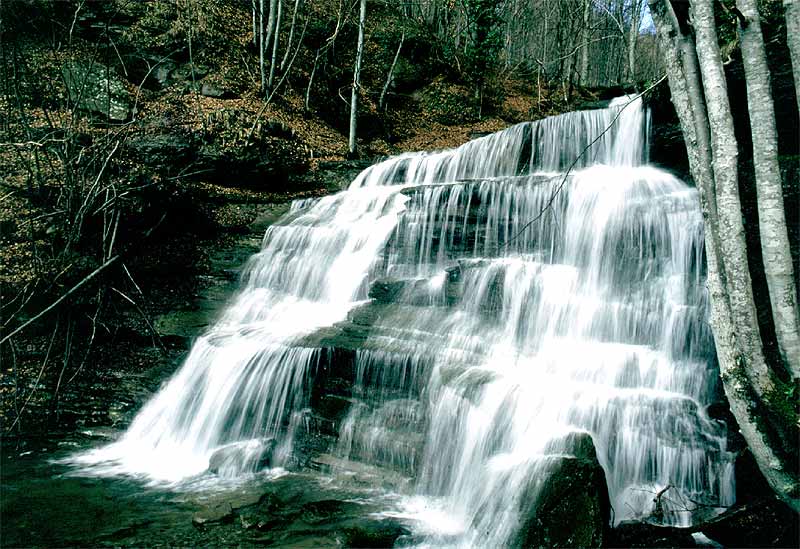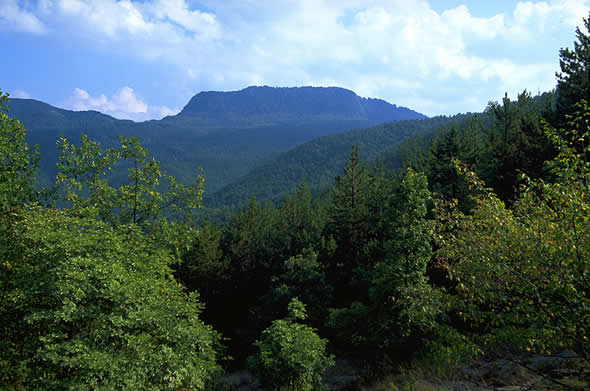
Casentinesi Forest National Park
This post is also available in:
 Italiano (Italian)
Italiano (Italian)
The National Park of Casentinesi Forests, Mount Falterona and Mount Campigna was established in 1993 on a vast territory between Romagna and Tuscany Regions. The Romagna portion features narrow and sunken valleys, with rocky and sometimes densely wooded slopes, while the Tuscan portion has several limestone cliffs and a landscape with wide rounded slopes interrupted by eroded gullies.
Inside the park, there are two places of religious significance: the Sanctuary of La Verna, a Franciscan sanctuary perched on the steep southern wall of Mount Penna, and the Monastery of Camaldoli, which houses some paintings by Vasari in its church.
FLORA
The local flora includes some 1357 species. The high phytodiversity is due to the fact that the territory is in a geographical position between two very different habitats, of both northern and southern type. 80% percent of the park is covered with forests: beeches, firs and other broad-leaved trees such as ashes (Fraxinus excelsior), maples (Acer platanoides, Acer pseudoplatanus), lindens (Tilia platyphyllos), and Scotch elms (Ulmus glabra) .
The hilly and low-mountain belt hosts deciduous oaks (Quercus cerris and Quercus pubescens), chestnut trees (Castanea sativa), and hornbeams (Carpinus betulus and Ostrya carpinifolia).
Among the shrubs there are: at higher altitudes, European blueberries (Vaccinium myrtillus), common heathers (Calluna vulgaris), Scotch brooms (Cytisus scoparius), and eagle ferns (Pteridium aquilinum); at lower altitudes, blackthorns (Prunus spinosa), hawthorns (Crataegus monogyna), dog roses (Rosa canina), common junipers (Juniperus communis), and dogwood (Cornus sanguinea).
The rocky areas host very rich biodiversity, residues of subalpine vegetation of colder periods, in which these species had a much greater diffusion: narcissus anemone (Anemone narcissiflora), purple saxifrage (Saxifraga oppositifolia), spring gentian (Gentiana verna), and Viola eugeniae – a true symbol of the national flora and typical of the Apennine massifs of central Italy.
FAUNA
Local fauna features a remarkable wolf population whose presence has been favored by the consistent presence of five species of ungulates: wild boars, roe deers, fallow deers, red deers and mouflons. Foxes are a very common sight, as well as hares, moles, blind moles, red squirrels, porcupines, and hedgehogs. There are also many badgers, weasels, stone martens, and skunks.
This post is also available in:
 Italiano (Italian)
Italiano (Italian)
Contatti
Via G. Brocchi 7 - Pratovecchio(AR)
0575 50301
infosede@parcoforestecasentinesi.it



